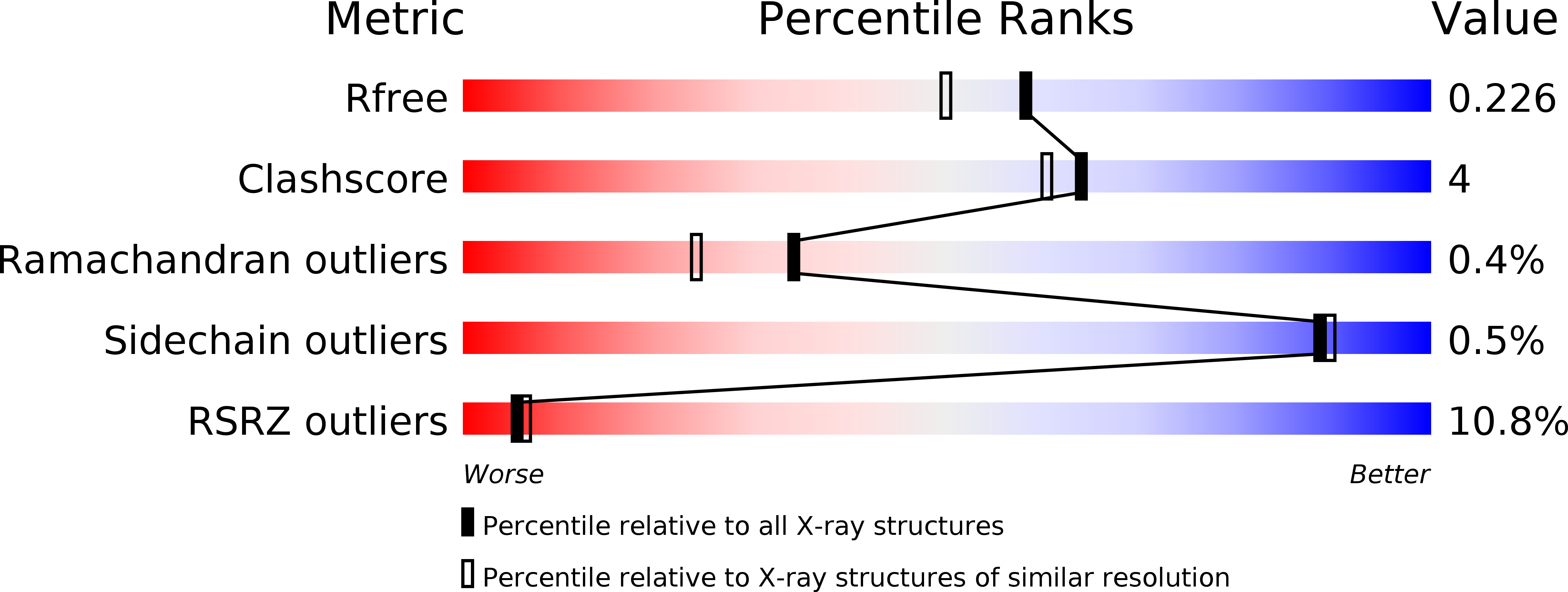
Deposition Date
2005-04-14
Release Date
2005-07-12
Last Version Date
2024-03-13
Entry Detail
PDB ID:
1ZD6
Keywords:
Title:
Crystal structure of human transthyretin with bound chloride
Biological Source:
Source Organism:
Homo sapiens (Taxon ID: 9606)
Host Organism:
Method Details:
Experimental Method:
Resolution:
1.90 Å
R-Value Free:
0.22
R-Value Work:
0.19
R-Value Observed:
0.20
Space Group:
P 21 21 2


